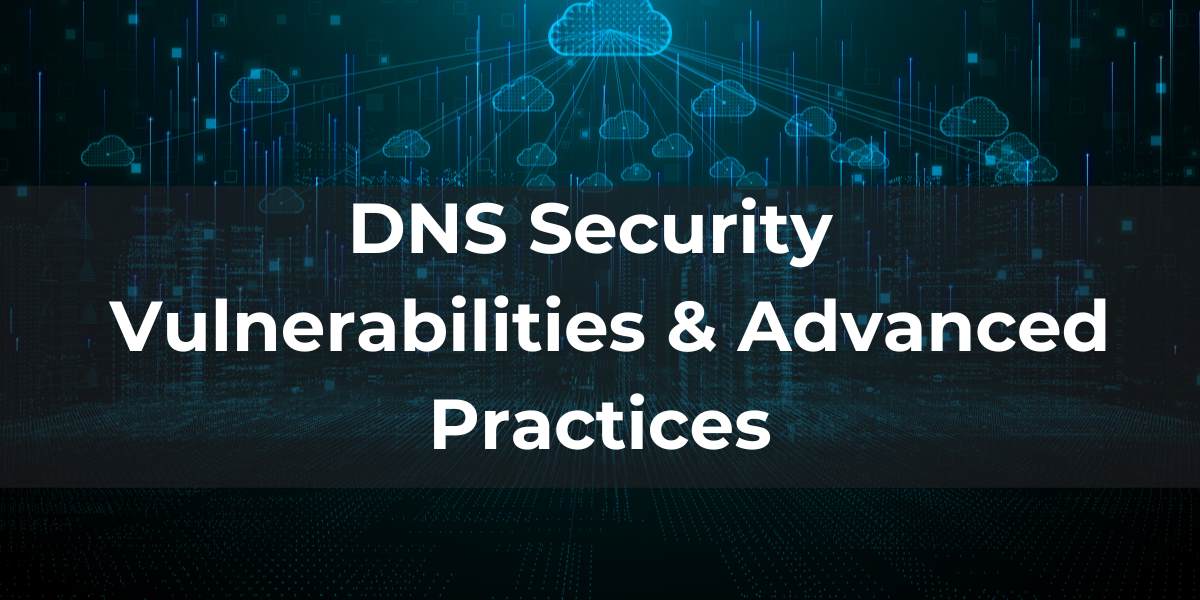DNS Security: Vulnerabilities & Advanced Practices
In an era dominated by digital connectivity, the Domain Name System (DNS) is a critical component of the Internet. However, as the digital landscape evolves, so will the threats to this fundamental system. This blog will delve into DNS vulnerabilities and advanced practices for securing them, drawing on insights from the International Institute of Cyber Security and Ethical Hacking (IICSEH).
Understanding DNS Security:
This refers to a set of measures intended to protect the system from various cyber threats. Its primary function is to translate human-readable domain names into IP addresses, allowing for more seamless internet navigation. However, its critical role makes it a prime target for malicious actors looking to exploit flaws.
DNS Vulnerabilities:
1- Cache Poisoning:
One of the most well-known DNS vulnerabilities is cache poisoning. Attackers manipulate the DNS cache by inserting false data and redirecting users to malicious websites. This undermines DNS integrity and jeopardises users' trust in the system.
2- DNS Spoofing:
This entails sending false DNS responses that direct users to malicious websites. By impersonating legitimate DNS servers, attackers can redirect traffic and launch more malicious attacks, such as phishing or malware distribution.
3- DDoS Attacks:
Distributed Denial of Service (DDoS) attacks can overwhelm DNS servers, preventing them from responding to legitimate requests. This causes disruptions in online services and can have serious consequences for businesses and organisations.
Advanced DNS Protection:
1- DNS Security Extensions (DNSSEC):
It is a critical protocol that adds an extra layer of security to DNS. It verifies the authenticity of these responses using cryptographic signatures, which prevents DNS data from being altered. Implementing DNSSEC ensures the integrity and authenticity of DNS data, reducing the risk of cache poisoning and DNS spoofing.
2- Anycast Routing:
Anycast routing uses multiple servers spread across different locations to respond to DNS queries from the nearest server. This not only speeds up DNS resolution but also distributes the load, making it more resistant to DDoS attacks.
3- Rate Limiting:
Implementing rate limiting mechanisms protects against DNS amplification attacks, which are a type of DDoS attack. Organisations can prevent attempts to overload their DNS infrastructure by limiting the number of requests coming from a specific source.
4- DNS Filtering:
This entails preventing access to malicious websites by employing predefined blacklists or analysing DNS query patterns. This helps to prevent users from unintentionally visiting harmful websites, lowering the risk of malware infections and other cyber threats.
Conclusion:
Protecting it is critical in today's rapidly changing cybersecurity landscape. DNS vulnerabilities pose significant risks, but advanced practices such as DNSSEC, anycast routing, rate limiting, and DNS filtering can help organisations protect their digital infrastructure from potential threats.
As we navigate the digital age, it is critical to keep up with evolving security measures. By incorporating these advanced practices, organisations can ensure the resilience and dependability of their DNS, resulting in a safer and more secure online experience for all. Join IICSEH to build your Cyber Security Career.








